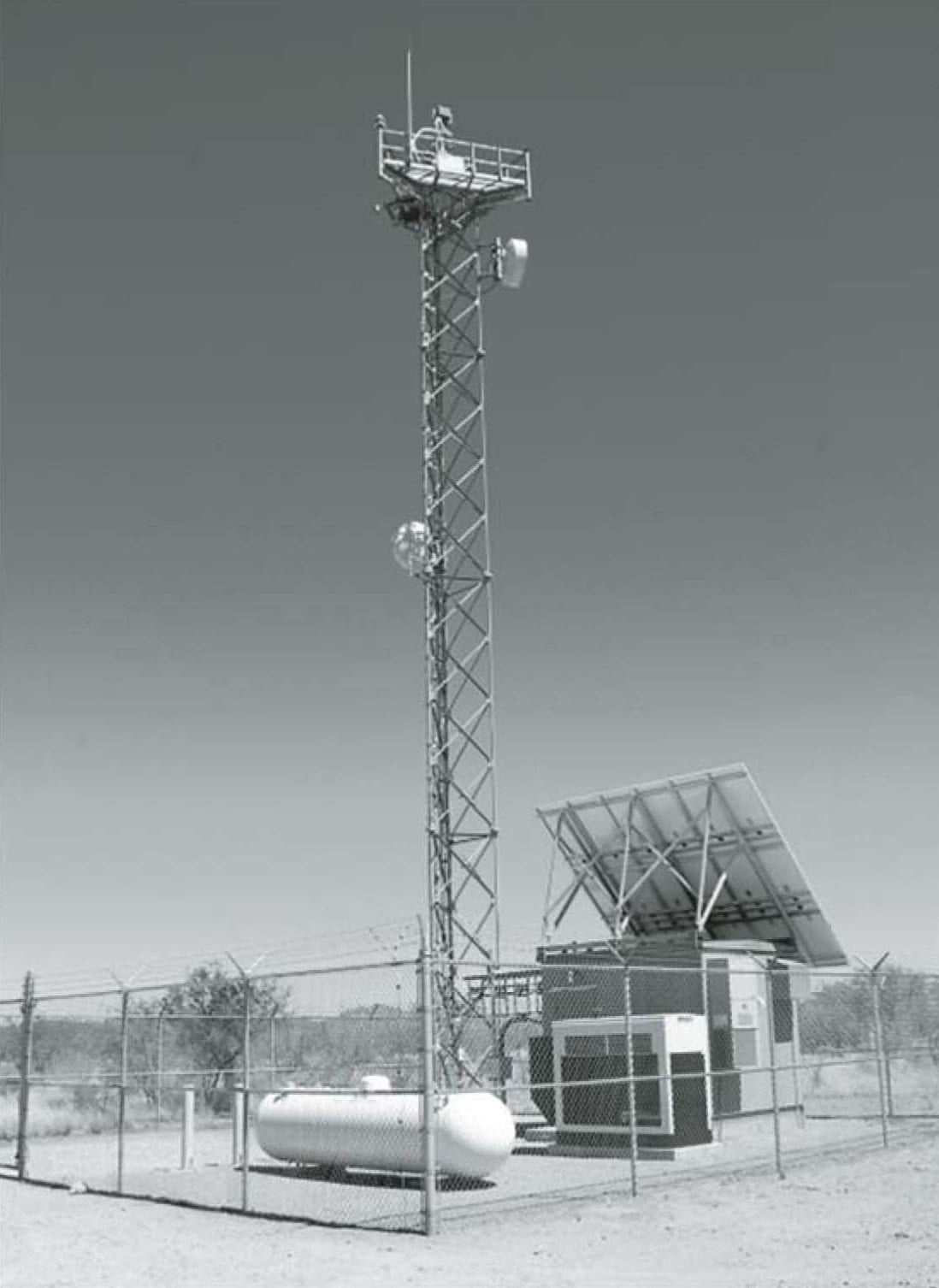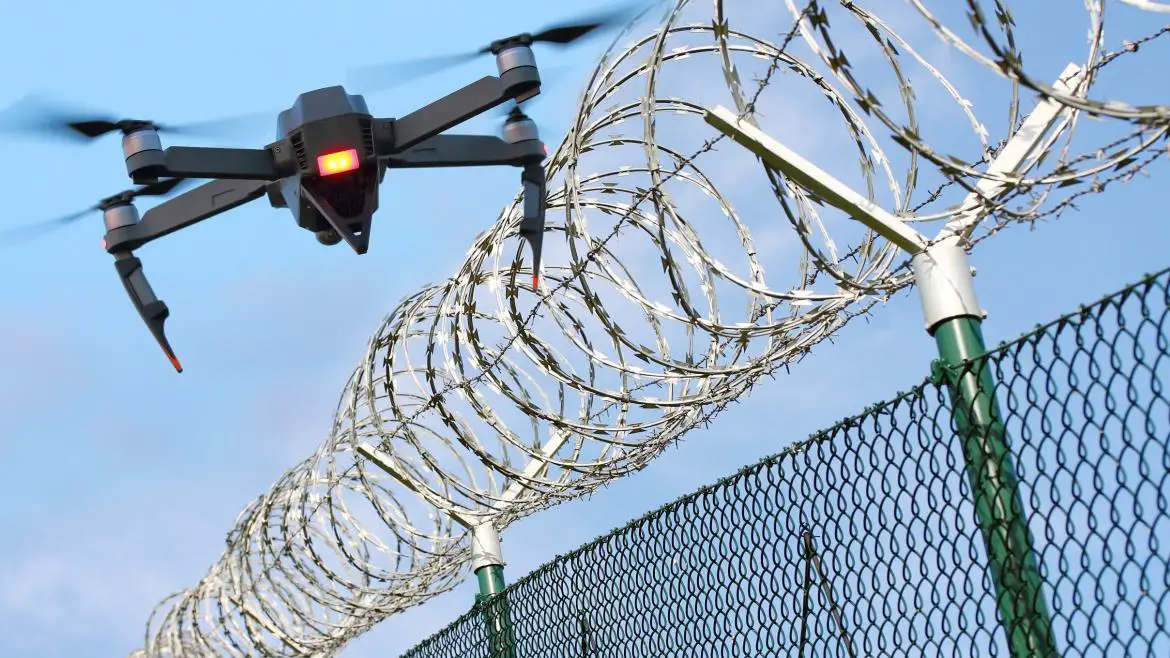Border Technology is Becoming Ever More Sophisticated as Countries Around the World Fight to Control the Flow of Migrants
Walking across the land border between India and its arch enemy Pakistan is easy. Sure, there are sentry-guarded border points where posturing men wearing elaborate uniforms (and even more elaborate mustaches) stamp angrily, attempting to intimidate their opposite number. There is very real resentment and animosity between the two countries, but the peacockery is largely for show.
Away from the regulated border crossings and the 340 mile-long electrified double fence, there are gaps in the line, where a person on foot or on horseback can slip between the floodlights and into the borderlands of one or the other of the nuclear-armed states. If you fail to find a gap, rubber gloves and a set of insulated wire cutters are a good second choice.
Humanity is, and always has been, tribal. There are the people who are like us, and there are the people who aren’t like us. People who aren’t like us are outsiders, foreigners, and are doubtless up to no good. We may like and occasionally adopt aspects of their culture and cuisine – we may even trade with them from time to time – but outsiders need to stay outside.

Walls are old technology, and historically, have had variable efficacy in keeping foreigners away from the spaces where homebodies would prefer to be left alone. The Great Wall of China – a crazed series of occasionally connected fortifications reaching from the Korean Peninsula, across the Gobi desert, and into Russia – failed to keep successive dynasties protected from foreign interlopers. Hadrian’s wall, which, for a time, marked the northern limit of the Roman empire, kept the barbarians at bay in addition to controlling immigration and smuggling. If you ever find yourself in Scottish border country, you can walk its 72 mile ruined length.
Walls are effective only so long as people can be kept from going around them. Or climbing over them. Or digging under them. Or slipping through the gaps.
Along the India Pakistan frontier, laser fences are being erected. Invisible to the naked eye, they can’t be cut. Cunning tricks with smoke and mirrors won’t work, and crossing the border at an unauthorised point will result in a mob of humorless, heavily-armed men arriving to take you into custody. If you think you can hide, you’re wrong. The Indian troops are equipped with personalised AI powered night vision goggles, which alert the soldiers to any unusual movement within their line of sight. After interrogation, you’ll be sent back to where came from – possibly without fingernails.
For India, the problem isn’t necessarily about preventing illegal cross-border activity; it’s about detecting when it happens, and dealing with it effectively after the fact.

Border Security in the United States
On the far side of the world, the US has a similar problem. People are crossing the border from Mexico and disappearing into the vast interior of North America. Sometimes these people are smuggling drugs. Sometimes, they’re bad people. Often, they’re simply looking for a better life and opportunities to live the dream in the land of plenty.
It is uncertain whether or not a big beautiful wall stretching from sea to shining sea will make any kind of difference to illegal entry, but like India, America has the advantage of high tech infrastructure to track people once they’re inside. It may be limited in scope, and irregularly employed across the length of the 1954 mile frontier, but it’s there. And it works.
Already there are physical, man-made barriers along almost 600 miles of the border between the US and Mexico – fences, barricades, walls, and other obstructions, which act as a psychological deterrent to migrants as well as a physical obstacle. While some turn back, or choose not to embark on the perilous journey in the first place, others press deeper into the the flat desert scrubland of the arid American Southwest.
Most probably think they’ve made it – a couple of day’s walk to the nearest sanctuary city and they’re home free. But they are wrong.
There are landmines buried under the Arizona desert. They won’t explode, but will detect the weight of a human body or movement within 10 metres, sending a signal to alert nearby border agents.. Drones with infrared cameras are dispatched to check when sensors have been triggered – to see if it’s just the local wildlife, or if a human is responsible. It’s possible that maps exist – smugglers selling knowledge of secret paths which would allow travelers safe passage across the sands.
Skeletal towers equipped with radar and thermal sensors continually scan the landscape for anyone or anything which shouldn’t be there. Patrols with X-ray scanners regularly set up random checkpoints along roads and paths to check vehicles for unauthorized and undocumented immigrants. Nobody can say how effective these measures have been because nobody has been able to count how many have slipped through the technological dragnet.

After Years of Peace, Walls Are Going Back Up In Europe
Since the end of the Second World War, Europe has been committed to abolishing internal borders, creating an ever closer union which will prevent the kind of internecine strife which has seen the continent tear itself to pieces at regular intervals over the last 2000 years. After the reunification of Germany in 1900 and the dissolution of the USSR a year later, Europe’s land border crept ever eastward, encompassing countries such as Poland and Estonia. The Mediterranean Sea kept the EU safe from the south.
Over the last 30 years, the EU has erected 600 miles of walls and fencing across its external borders, separating old enemies such as Greece and Turkey, Russia and Poland – former Soviet republics from their newly westernized neighbors. For reference, the length of the EU frontier is 3,270 miles. As with the Pakistan-India, and US-Mexico, frontiers, it’s not overly difficult for determined travelers to skirt the unmonitored edges and make their way into Western Europe.
At the same time Europe is proving an enticing destination for immigrants from the Middle East and North Africa. A series of wars and terrorist atrocities, starting in Iraq, and moving through the Arab Spring of 2011, has seen governments topple across the region. Economies have crashed, cities have been destroyed, and political regimes, where they have managed to survive, have become ever more restrictive.
Standing on the beach near Kelibia in Tunisia – a country whose tourism-dependent economy was destroyed by a spate of terror attacks starting in 2015, EU territory is less than 50 miles away across the blue waters of the Mediterranean. From Ceuta ,Morocco, the distance is less than ten miles.
In 2015, nearly 200,000 migrants headed north across the sea. Crowded into smugglers’ rickety boats after paying up to $5,000 per head, the lucky ones made landfall in Malta, Italy, and Spain. The unlucky ones found that the overloaded boats were unseaworthy as they spiraled down into the abyssal depths.

Neither the land nor the sea borders of the European Union were as impermeable as had been hoped.
One solution would be to build a solid barricade across the entire eastern frontier of the union, and a sea wall across the beaches, coves, and harbors, ensuring that if unwanted foreigners did make it to the boundaries of Fortress Europe, they would be unable to enter.
It’s not an impossible proposition, but it is wildly impractical.
Instead. The EU is to be protected by Roborder – a clumsy portmanteau of the words Robot and Border – which will see swarms of drones patrolling both the land and sea – watching for anything amiss.
Unlike border drones currently being operated throughout the world, the new system will be autonomous, not requiring any human input to decide who should be where, and what behaviour is assessed as suspicious.
Roborder plans to have drones not only in the skies, but also crawling across the land, under the sea, and floating passively on the waves. Each drone will be equipped with “multimodal sensors as part of an interoperable network,” and will pass along information on activities such as smuggling, unauthorised migration, and other illegal activities. It will be up to individual police forces to take action, as the drone armies will not be “armed or authorised to intercept or interdict suspects.”

The Roborder initiative may sound alarmingly futuristic, but some very serious players are already involved in the project. Roborder’s advisory board includes members of the United Nations Counter-Terrorism Centre, and representatives from universities across the world. Its consortium includes police forces and intelligence services from across Europe. It received funding from the European Union’s Horizon 2020 Research and Innovation Programme.
Technology is allowing borders to become almost invisible, and more secure, without the need for additional walls or fences. But just because you can’t see them, doesn’t mean that they can’t see you.

